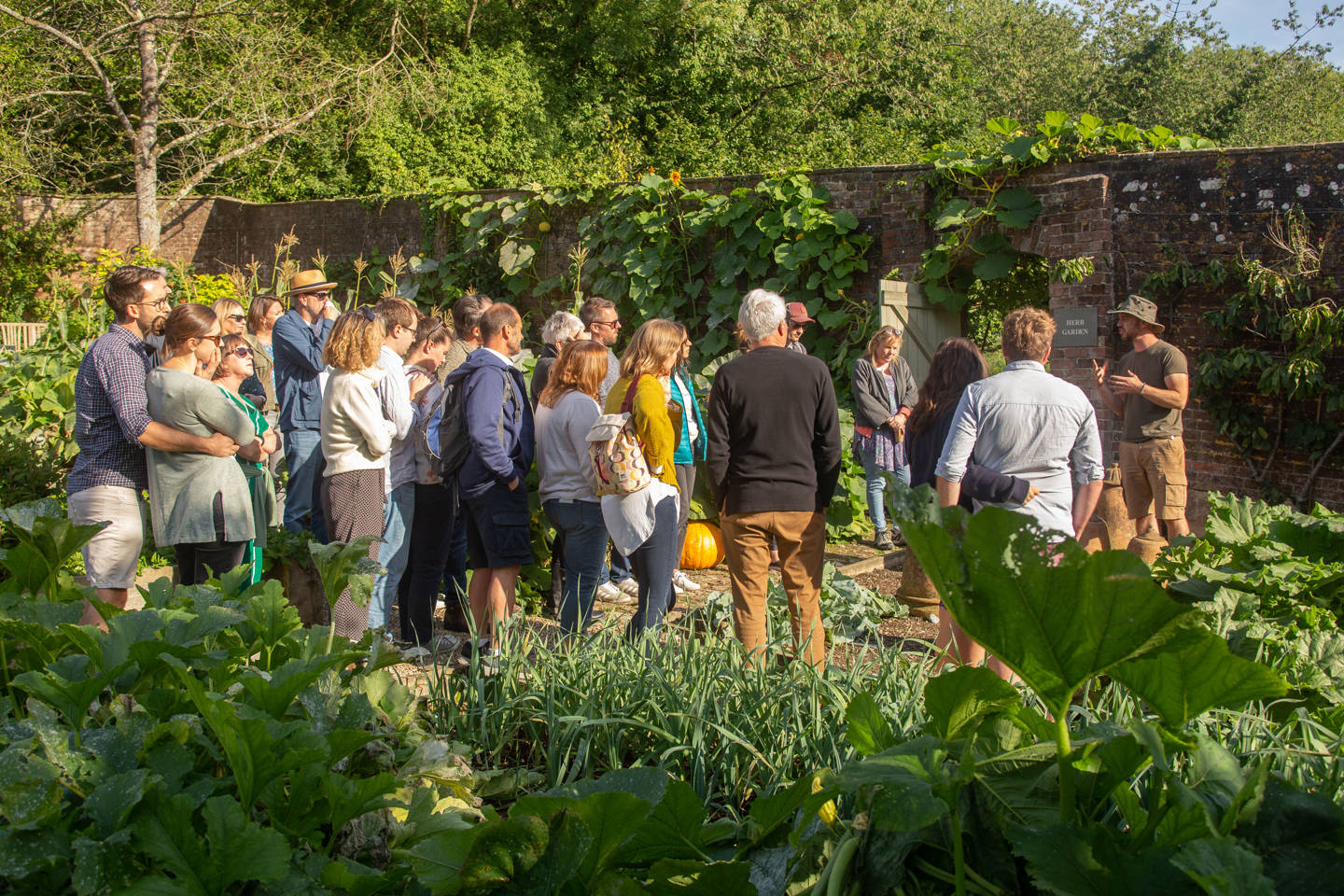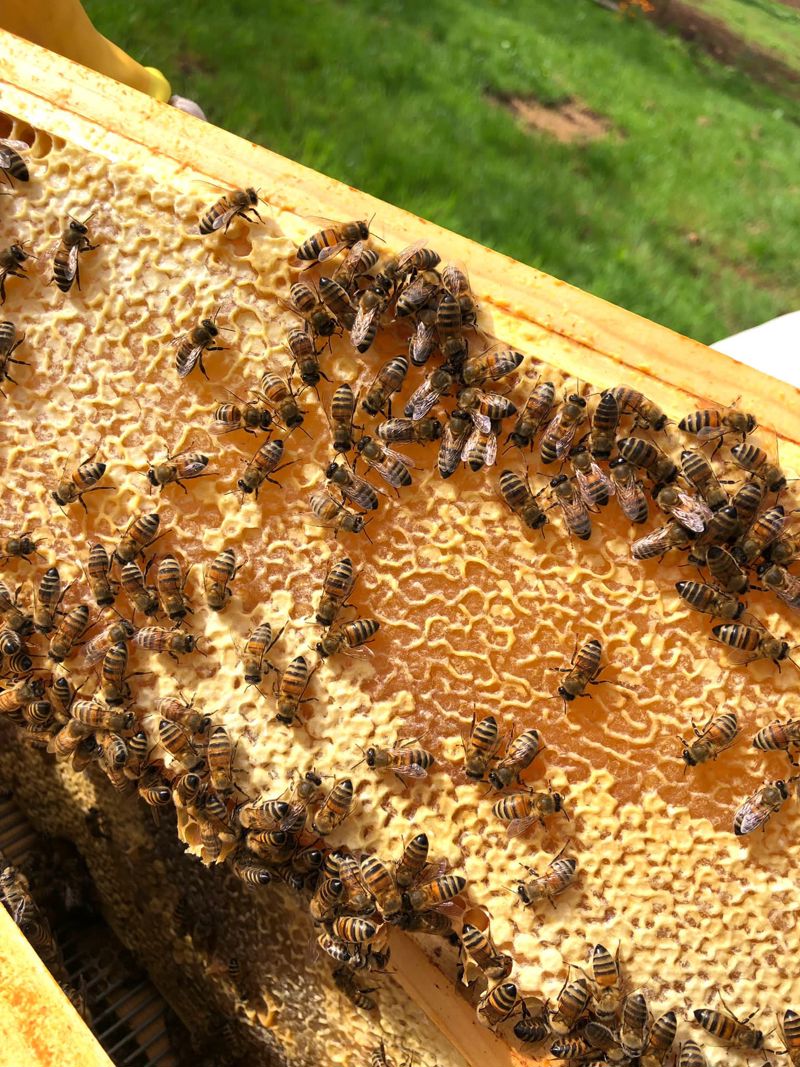
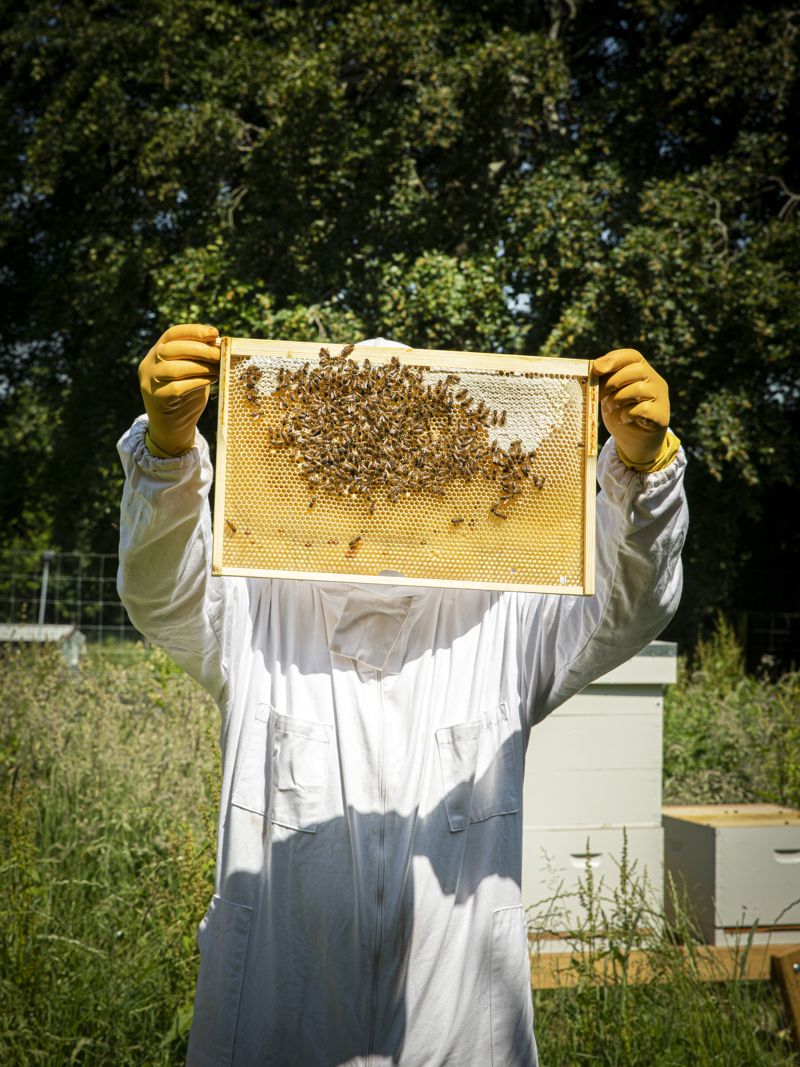
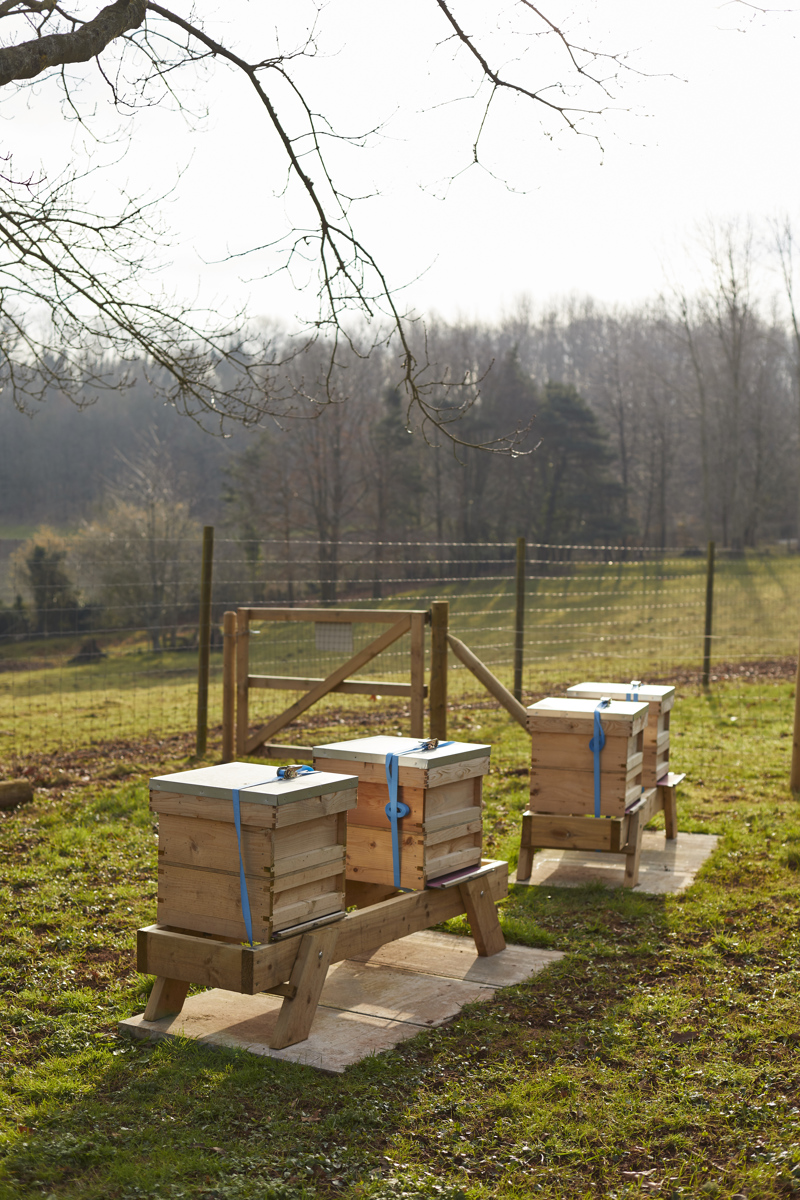
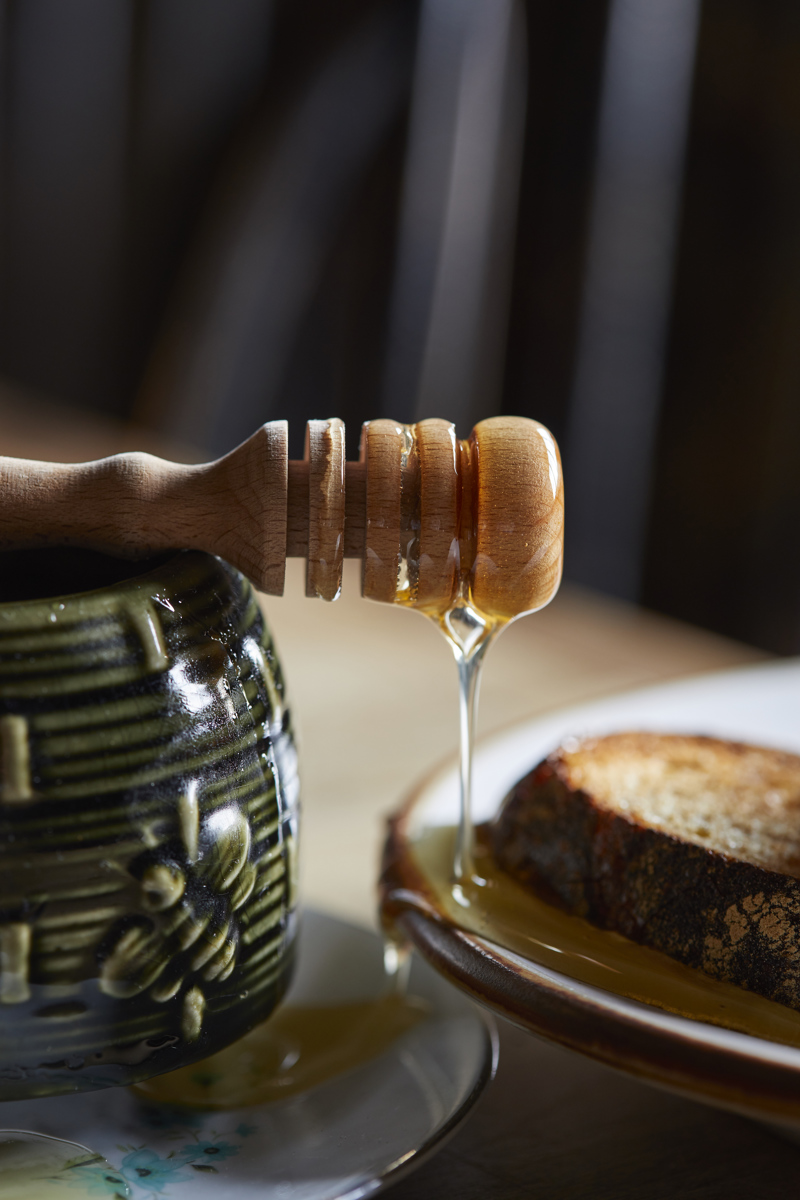
Since starting our bee journey, there has been a flurry of interesting facts that have come out of the woodwork surrounding bees and their life. So, to celebrate World Bee Day on Saturday 20th May 2023, we've picked out our top 10 favourite bee facts to share with you.
1. There are, on average, 60,000 bees in a single colony (one hive).
In the warmer months, the hives are the most active with around 60,000 bees working intensely to get as much nectar and pollen as possible. Come winter, this number falls to around 5,000 bees. Bees in summer only live for a few weeks, whereas bees in winter live for several months.
2. There are three types of honey bees within every hive: workers, drones, and a queen.
Worker bees are the backbone of the hive, without them, the colony would not survive. Worker bees are female, are much smaller than drones and the queen, and can lay infertile eggs. They work throughout their whole life, doing jobs inside the hive until they are old enough to forage for nectar and pollen.
A drone bee is the only type of adult male bee in the hive, and his only job is to mate with a queen. Drones rely upon the female worker bees to stay alive and fed. They don't go out to collect nectar and pollen, and they don't make honey or royal jelly. When it comes around to winter, drone bees are kicked out of the hive to die.
There is only one queen in the hive, and she is the 'mother' of the colony. She is the only one who can lay fertile eggs that develop into worker bees and in her lifetime, she will lay roughly around 800,00 eggs. She produces a pheromone that stops worker bees from laying eggs and challenging her position. However, worker bees do have the ability to raise a new queen – or kill an existing one – whenever they wish.
3. Bees communicate with one another by doing a waggle dance.
There are different types of waggle dance, you have an alarm dance, a joy dance, a cleaning dance, and a message dance. When you lift a frame out of a hive, you can see the bees all shaking in different ways!
4. The life span of a worker bee depends on the distance it has flown in its life.
Usually, bees fly up to three miles around their hive, traveling up to a speed of 20mph. However, they do try to fly shorter distances at a time because they know their lifespan is down to the mileage traveled. So, making sure there are plenty of plants for pollinators nearby to the hives is a must!
5. Bees have to fly a collective of around 55,000 miles to make 1lb of honey.
To produce this much honey, around 2 million flowers would have been visited. Bees do produce around 2-3 times more honey than they need. On the scale of how much honey a bee needs, just 1oz of honey would fuel a bee's flight around the world.
6. Honeycomb is made from beeswax and honey
Worker bees use beeswax to form the hexagonal-shaped structure of the hive, so they can store honey. You can eat the whole honeycomb, even with the beeswax layer, but we normally scrape this off to be used elsewhere.
7. Each jar of honey will taste different.
Throughout the year, worker bees will find different varieties of nectar from plants all around their hive. This means that each batch of honey produced, depending on the time of year and what is in bloom surrounding that location, will be a different consistency and flavour.
For example, the bees at THE PIG-on the beach forage nectar from Heather which creates a heavier, darker, jelly-like honey. Whereas the bees at THE PIG-in the South Downs are surrounded by lime trees and sycamore which produce a lot of light runny honey.
8. On average, it takes the life span of about 12 bees to make a teaspoon of honey.
If one hive at THE PIGs holds around 60,000 bees, and we have over 80 hives... well, you can imagine, that is quite a lot of honey being made. In 2022, our hives across the PIGs yielded about two tonnes of the sugary golden stuff!
9. Raw honey is indisputably healthy
Aside from being delicious, raw honey does come with some fantastic health benefits! As a natural alternative to processed sugar, it is great for the skin, soothes sore throats, helps to aid sleep, and can improve digestion.
10. Fermented honey is used to make Mead
One of the oldest fermented beverages is Mead, and the main ingredient is fermented honey!
If you want to find out more and see our beekeepers in action, watch our Journey from A to Bee video here.
